 Another puzzle by Presh Talwalkar.
Another puzzle by Presh Talwalkar.
“Thanks to John H. for the suggestion!
A square is inscribed in a quarter circle such that the outer vertices are on the arc of the quarter circle. If the quarter circle has a radius equal to 1, what is the area of the square?
I am told this was given to 7th grade students (ages 12-13), and I think it is a very challenging problem for that age group. In fact I think it is a good problem for any geometry student.”
See the Square in Quarter Circle for solutions.

 This is a problem from the 1987 American Invitational Mathematics Exam (AIME).
This is a problem from the 1987 American Invitational Mathematics Exam (AIME).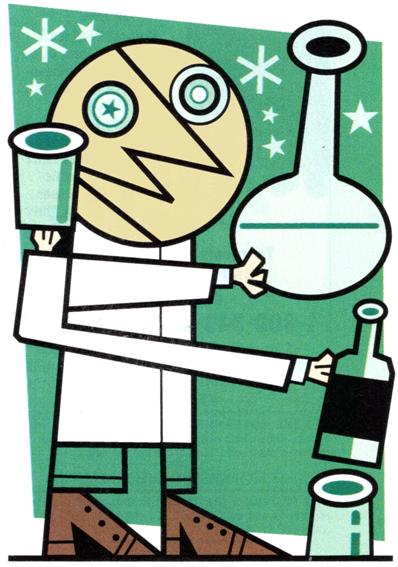 This is the second part of the problem from Raymond Smullyan in the “Brain Bogglers” section of the 1996 Discover magazine.
This is the second part of the problem from Raymond Smullyan in the “Brain Bogglers” section of the 1996 Discover magazine. This is a relatively simple problem from the inventive Raymond Smullyan in the “Brain Bogglers” section of the 1996 Discover magazine.
This is a relatively simple problem from the inventive Raymond Smullyan in the “Brain Bogglers” section of the 1996 Discover magazine. This is a nice variation on a racing problem by Geoffrey Mott-Smith from 1954.
This is a nice variation on a racing problem by Geoffrey Mott-Smith from 1954. The June 2023
The June 2023 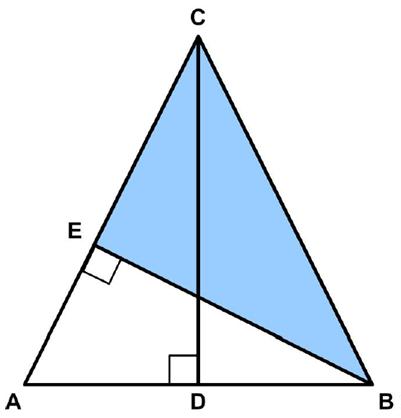 The Futility Closet website had the following
The Futility Closet website had the following 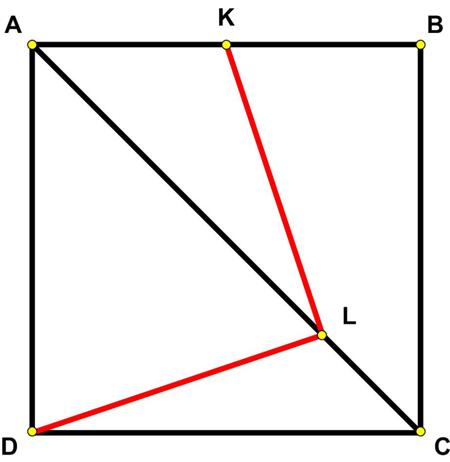 Here is another problem from the “Challenges” section of the Quantum magazine.
Here is another problem from the “Challenges” section of the Quantum magazine.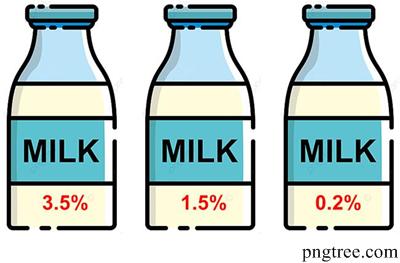 This is a classic example of a mixture problem from Dan Griller that recalls my agonies of beginning algebra.
This is a classic example of a mixture problem from Dan Griller that recalls my agonies of beginning algebra.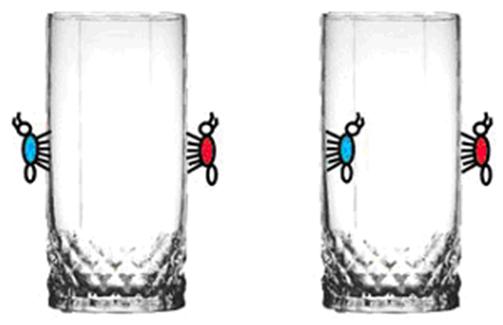 This is a nice puzzle from the Maths Masters team, Burkard Polster (aka Mathologer) and Marty Ross as part of their “Summer Quizzes” offerings.
This is a nice puzzle from the Maths Masters team, Burkard Polster (aka Mathologer) and Marty Ross as part of their “Summer Quizzes” offerings.